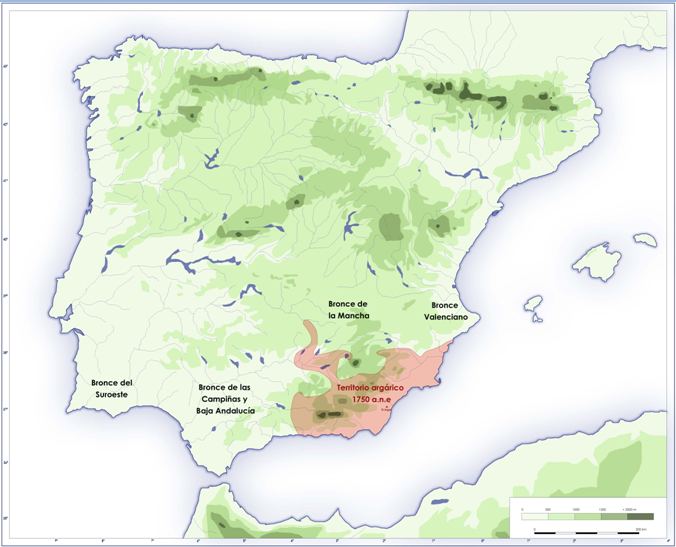 | ||
El bronce medio el argar
El Argar is the type site of an Early Bronze Age culture called the Argaric culture, which flourished from the town of Antas, in what is now the province of Almería in southeastern Spain, between c. 2200 BC and 1550 BC. The Argaric culture was characterised by its early adoption of bronze, which briefly allowed this tribe local dominance over other, copper age peoples. El Argar also developed sophisticated pottery and ceramic techniques, which they traded with other Mediterranean tribes.
Contents
- El bronce medio el argar
- Los millares y el argar
- Extension
- Main Argaric towns
- Periodization
- El Argar A
- El Argar B
- Post Argarian phase
- Recent trends
- Metallurgy
- Glass beads
- Other manufactured goods
- Funerary customs
- Related cultures
- References

The center of this civilization is displaced to the north and its extension and influence is clearly greater than that of its ancestor. Their mining and metallurgy were quite advanced, with bronze, silver and gold being mined and worked for weapons and jewelry.
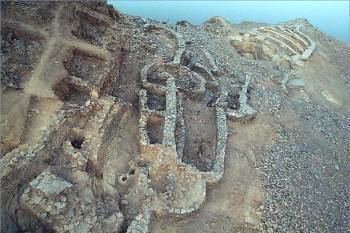
Pollen analysis in a peat deposit in the Canada del Gitano basin high in the Sierra de Baza suggests that the Argaric exhausted precious natural resources, helping bring about its own ruin. The deciduous oak forest that covered the region's slopes were burned off, leaving a tell-tale carbon layer, and replaced by the fire-tolerant, and fire-prone, Mediterranean scrub familiar under the names garrigue and maquis.
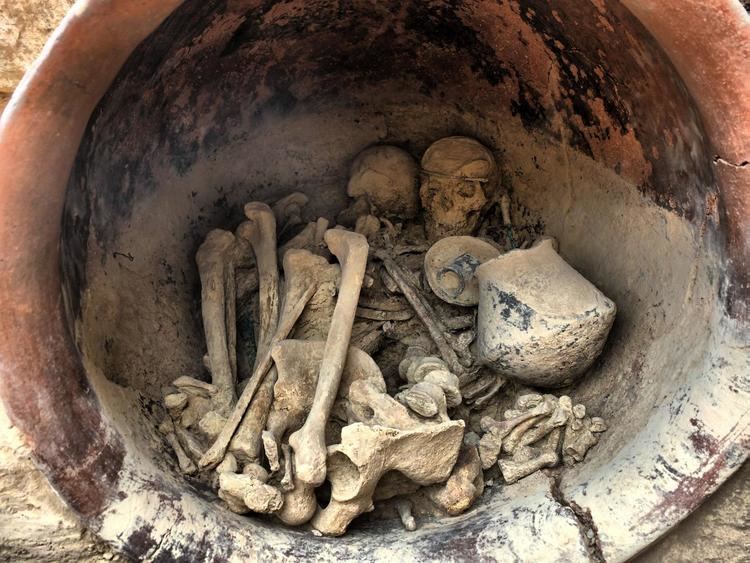
Los millares y el argar
Extension
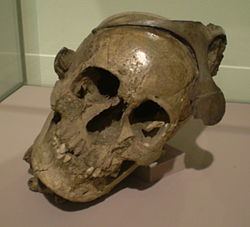
The civilization of El Argar extended to all the province of Almería, north onto the central Meseta, to most of the land of (Murcia) and westwards into the provinces of Granada and Jaen.

Its cultural and possibly political influence was much wider, clearly influencing eastern and southwestern Iberia (Algarve), and possibly other regions as well.
Some authors have suggested that El Argar was a unified state.
Main Argaric towns
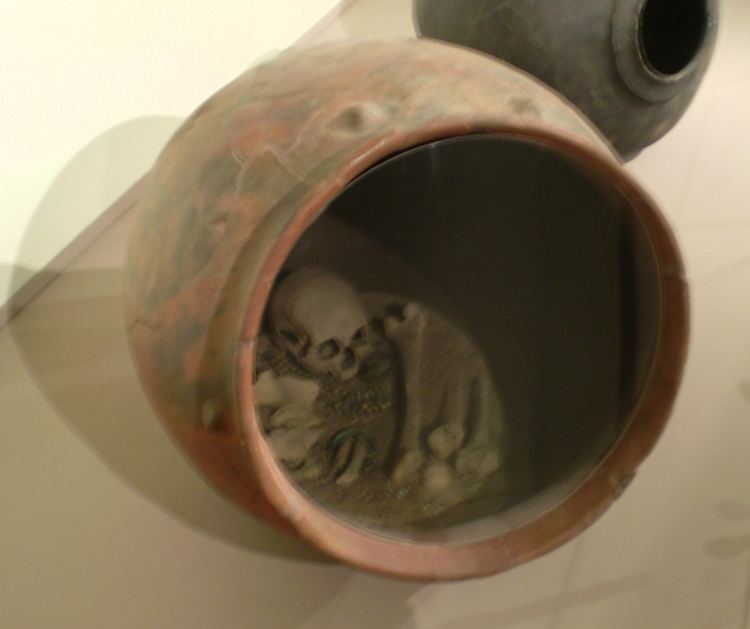
Periodization
The culture of El Argar has traditionally been divided in two phases, named A and B.
El Argar A
This phase started in the 18th century BC, with the earliest calibrated C-14 dates pointing to the first half or this century:
El Argar B
This phase begins in the 16th century BC. The main C-14 date is that of 1550 BC (+/- 70 years) in Fuente Álamo for the upper layer of El Argar B2 (with four layers underneath the lowest B phase). Other stratigraphic dates are somewhat more recent but are not confirmed by C-14.
Post-Argarian phase
El Argar B ends in the 14th or 13th century BC, giving way to a less homogeneous post-Argarian culture. Again Fuente Álamo gives the best C-14 dating with 1330 BC (+/- 70 years).
Recent trends
Many more C-14 dates have been published since the beginning of the 21st century. In recent publications, at least 260 such dates are cited altogether. There's now a widespread consensus that the emergence of El Argar can be dated at 2200 cal BC, although its end is still somewhat disputed. Various opinions place the end of El Argar at 15th-14th centuries.
Metallurgy
El Argar is the center of the Early and Middle Bronze Age in Iberia. Metallurgy of bronze and pseudo-bronze (alloyed with arsenic instead of tin). Weapons are the main metallurgic product: knives, halberds, swords, spear and arrow points, and big axes of curved edge are all abundant, not just in the Argaric area but also elsewhere in Iberia. Silver is also exploited, while gold, which had been abundant in the Chalcolithic period, becomes less common.
Glass beads
A meaningful element are the glass beads (of blue, green and white colors) that are found in this culture and which have been related with similar findings in Egypt (Amarna), Mycenaean Greece (dated in the 14th century BC), the British Wessex culture (dated c. 1400 BC) and some sites in France. Nevertheless, some of these beads are already found in chalcolithic contexts (site of La Pastora) which has brought some to speculate on an earlier date for the introduction of this material in southeast Iberia (late 3rd millennium BC).
Other manufactured goods
Pottery undergoes important changes, almost totally abandoning decoration and with new types.
Textile manufacture seems important, working specially with wool and flax. Basket-making also seems to have been important, showing greater extent and diversification than in previous periods.
Funerary customs
The collective burial tradition typical of European Megalithic Culture is abandoned in favor of individual burials. The tholos is abandoned in favour of small cists, either under the homes or outside. This trend seems to come from the Eastern Mediterranean, most likely from Mycenaean Greece (skipping Sicily and Italy, where the collective burial tradition remains for some time yet).
From the Argarian civilization, these new burial customs will gradually and irregularly extend to the rest of Iberia.
In the phase B of this civilization, burial in pithoi (large jars) becomes most frequent (see: Jar-burials). Again this custom (that never reached beyond the Argarian circle) seems to come from Greece, where it was used after. ca 2000 BC.
